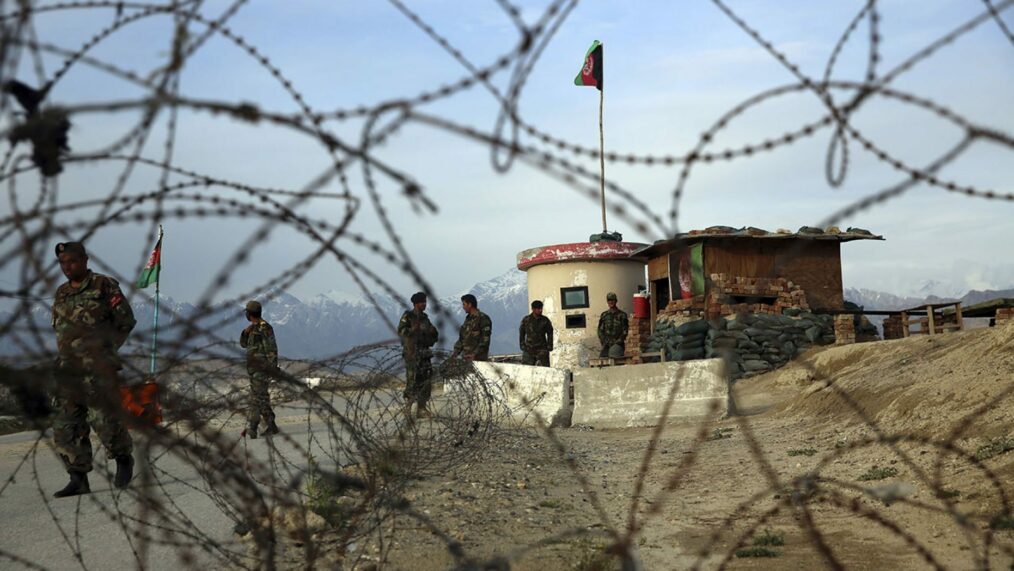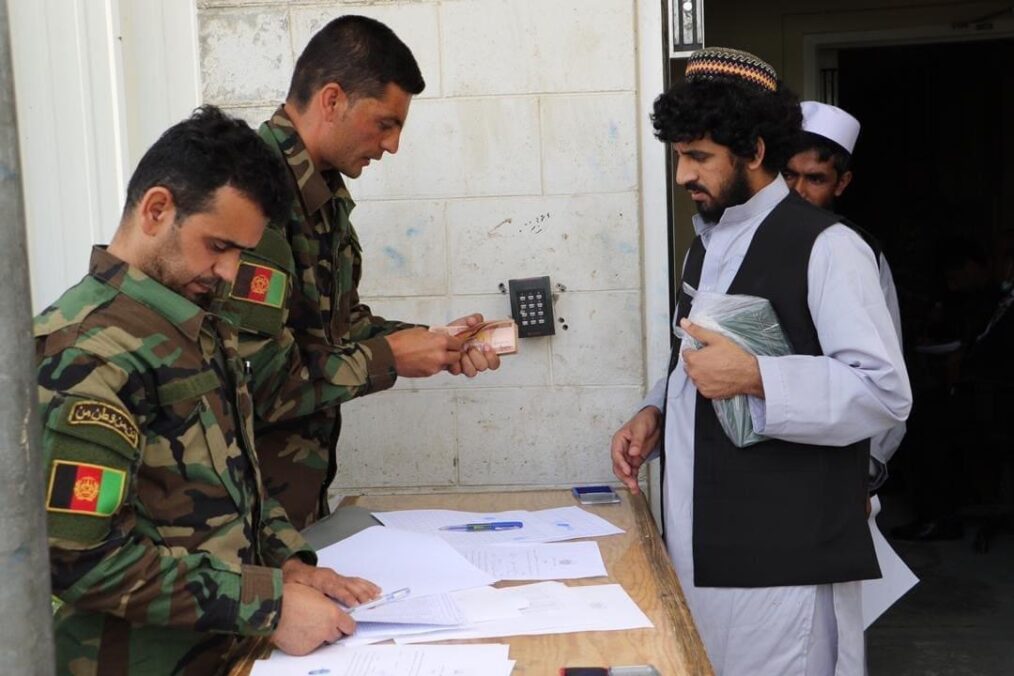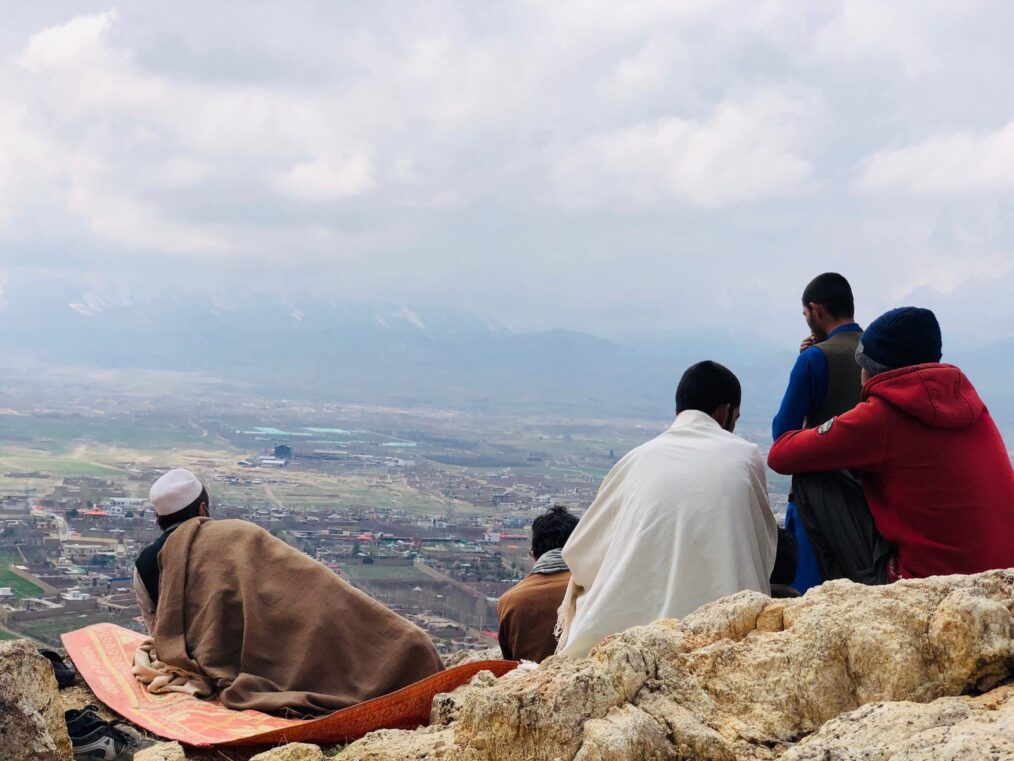On March 23, United States Secretary of State Mike Pompeo made an urgent trip to Kabul, Afghanistan in an effort to end the ongoing political turmoil in the midst of the COVID-19 pandemic. This political stalemate is rooted in the rivalry between Ashraf Ghani and Abdullah Abdullah and their inability to reach an agreement to form a unity government. As a result, subsequent negotiations with the Taliban are on hold until this issue can be resolved.
Hopes were high in the Afghan capital that an inclusive government could be formed under the circumstances of Pompeo’s visit, but in return, the US cut $ 1 billion in aid for 2020 and yet another $1 billion for 2021. In addition, American involvement in certain projects would be reduced. This latest incident induces a state of fear and uncertainty in the Afghan population over the future of their country as half of the population lives in poverty.
US-Taliban Agreement
Last month, the US and the Taliban reached a ‘historic agreement’ in the presence of the international community. It was set to pave the way for intra-Afghan dialogues.
As per the agreement, the US agreed to a reduction of its forces from 12,000 to 8,600 within 135 days of the agreement and a withdraw all of its troops in 14 months. Further, the Afghan government was obliged to release 5000 prisoners and intra-Afghan dialogues were originally set to commence on March 10.
After the agreement, the Taliban demanded the immediate release of their prisoners before March 10. The Afghan government did not release them and delayed the process while preoccupied with the election results. As a consequence, the Taliban engaged in a series of violent attacks and carried out operations across Afghanistan. In a single attack in Zabul province this week, 36 Afghan soldiers were killed by the Taliban.
“The release of prisoners in the current situation has turned into a pressure tool where the Afghan government is pressuring the US to recognize the Afghan government and in return, they will release the prisoners,” said Fawzia Koofi, former MP and leader of Movement for Change in Afghanistan.
What do the two doctors — Ashraf Ghani and Abdullah Abdullah — want?
Simply put, both seek power. In the presidential elections of September 2019, 1.82 million votes (out of 9.5 million registered voters) were counted with 300, 000 of them disputed. As a result, President Ghani was declared victorious with 50.64% of the vote in comparison to the 39.52% achieved by his political rival. Abdullah Abdullah claims that the disputed votes were not in the biometric system and should not have been counted even though they were.
This is only the beginning of the political disorder, but surely not the last example. In 2014, both candidates nearly twirled Afghanistan into a political crisis as the US Secretary of State John Kerry brokered a deal to create the National Unity Government (NUG).
Abdullah Abdullah, a Tajik by ethnicity, is a three-time presidential nominee while Ashraf Ghani is a Pashtun technocrat. While Ghani has foreign donors due to his strong Western ties, Abdullah Abdullah is linked to a wide range of political leaders, including ‘warlords.’ Therefore, political connections complicate any resolution to the election impasse. Besides this, mass election fraud occurred and realistically speaking, 700,000 votes are not a true representation of Afghanistan. It is imperative that the country create an inclusive system of governance given the prior situation of the failed 2014 elections and the creation of a National Unity Government. This is in the best interest of Afghanistan.
Only the US can create peace in Afghanistan
There is a strong sense in Afghanistan that the Afghan conflict could be brought to an end in weeks if the US truly wanted and decided this outcome. Behind every new government or major decision, most Afghans blame or place responsibility on the US, just as they do for the presidential elections.
“Nobody knows the future of peace in Afghanistan because the deal between the US and Taliban is classified. The two sides must be honest in their intentions of peace,” said Mohammad Almas Zahid (Haje Almas), Presidential Senior Advisor and Special Representative for National Solidarity Affairs, to Ahmad Mohibi of Rise to Peace.
While the two leaders blame each other for the US decision to cut aid, it is critical for the Afghan leaders to comprise and avert the cancellation of any further aid as the drawdown of financial support will critically hurt Afghanistan. This is akin to the Soviet cut of support to the last communist regime in the early 1990s. Removal of aid at that time was one reason directly correlated to the collapse of the Najibullah government. To put this in a modern perspective, Afghan National Security Forces Salaries, as well as others, depend on US support.
“If the government does not pay the soldiers, they will leave the army the next day”, said Ainuddin Bakir, a former commando officer who is now working in a private security company in Kabul.
It is wise for the two leaders and broader political community to set aside their differences and work towards unity. They must unite in order to save lives from Taliban attacks and the ongoing pandemic. Secretary Pompeo’s visit in the wake of COVID-19 to mediate demonstrates strong US interest in ending the US’ longest war and jumpstarting the Afghan peace process. Afghan leaders failed to do their homework and now face the risk of losing the US as a strategic partner.





